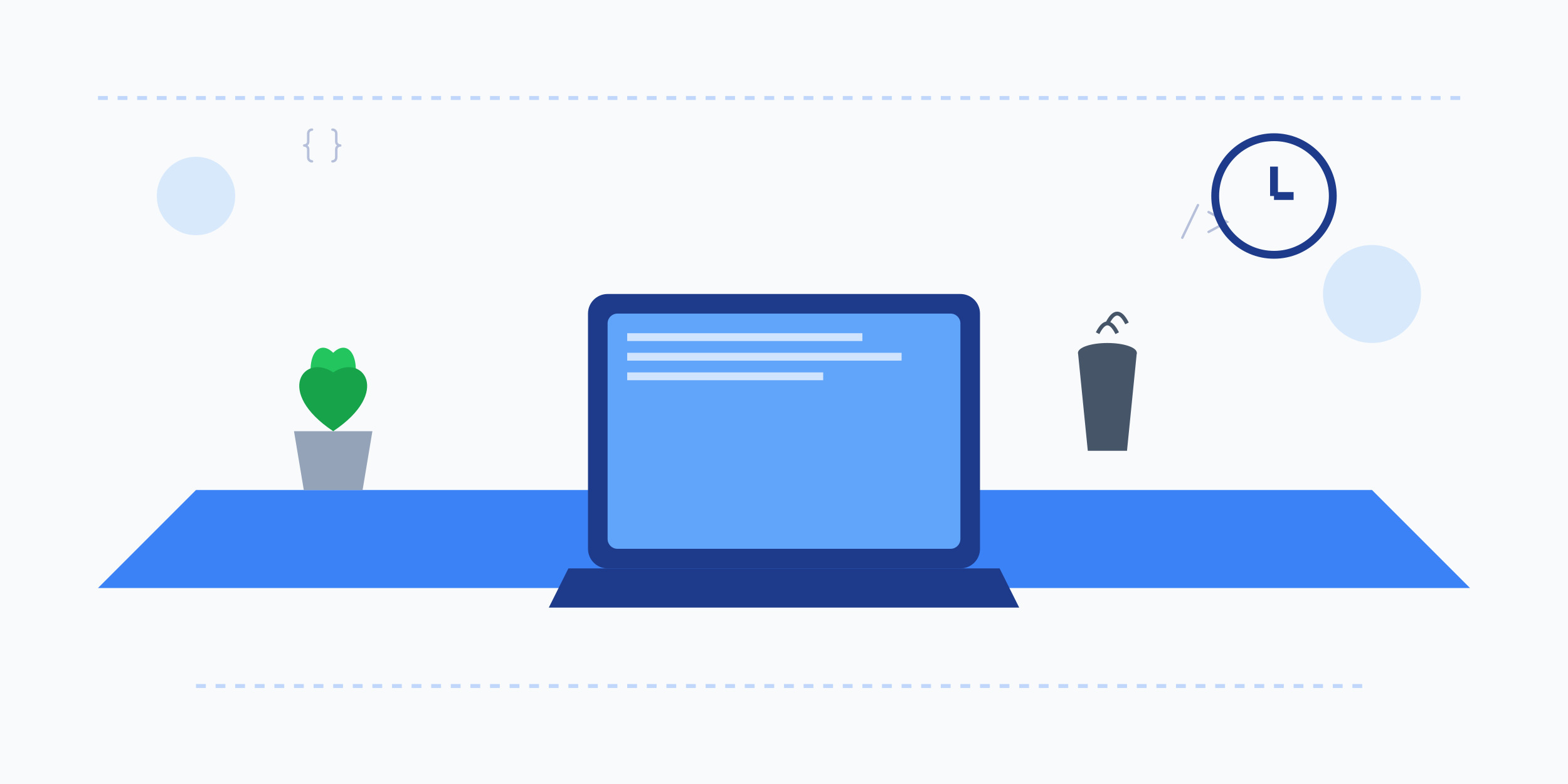Your workspace serves as the foundation for remote productivity. Creating an ergonomic, distraction-free environment is crucial for maintaining focus during long coding sessions and virtual meetings. The right setup can significantly impact your code quality and overall productivity.
Recommended Equipment
- Adjustable standing desk (e.g., Fully Jarvis or VariDesk)
- Ergonomic chair with proper lumbar support
- External monitor setup (minimum 27" recommended)
- Professional-grade microphone and webcam
- Dedicate a specific area solely for work, preferably with natural light and good ventilation
- Invest in proper lighting, including bias lighting for monitors to reduce eye strain
- Use noise-canceling headphones to maintain focus in noisy environments
- Ensure reliable internet connectivity with a backup solution
